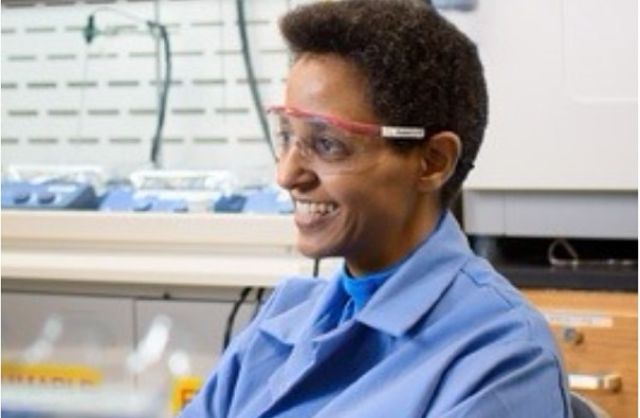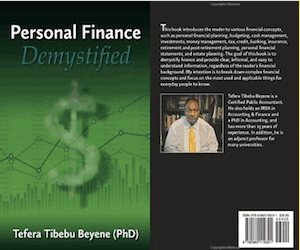 Ethiopian American Scientist Sossina Haile developed the first solid acid fuel cells.
Her team's new discovery presents a significant step toward lower fuel cell costs and more sustainable energy, according to a study published last month in the journal Nature Energy. (Photo: (Northwestern University)
Ethiopian American Scientist Sossina Haile developed the first solid acid fuel cells.
Her team's new discovery presents a significant step toward lower fuel cell costs and more sustainable energy, according to a study published last month in the journal Nature Energy. (Photo: (Northwestern University)
New Fuel Cell has Exceptional Power Density and Stability
A team of researchers led by Northwestern Engineering professor and fuel cell pioneer Sossina Haile has created a new fuel cell offering both exceptional power densities and long-term stability at optimal temperatures, a discovery that heightens the viability of incorporating fuel cells into a sustainable energy future.
“For years, industry has told us that the holy grail is getting fuel cells to work at 500-degrees Celsius and with high power density, which means a longer life and less expensive components,” said Haile, Walter P. Murphy Professor of Materials Science and Engineering and professor of applied physics at Northwestern’s McCormick School of Engineering. “With this research, we can now envision a path to making cost-effective fuel cells and transforming the energy landscape.”
The study, titled “Exceptional power density and stability at intermediate temperatures in protonic ceramic fuel cells,” was published February 12 in the journal Nature Energy. Sihyuk Choi, a postdoctoral fellow in Haile’s laboratory, served as the paper’s first author.
Though recent research had demonstrated the potential of some protonic ceramic fuel cells to offer environmentally sustainable and cost-effective electric power generation, those cells’ high electrolyte conductivities failed to produce anticipated power outputs.
“While it was known that some electrolytes have high conductivity at 500-degrees Celsius, somehow the electrodes were not working well in the complete fuel cell,” Haile said.
“It’s exciting to think about where we are now and where we can go.”
—
Related:
Spotlight: Scientist Sossina Haile Honored With GE Grand Central Video Installation
Outstanding Women in Science: Tadias Interview with Professor Sossina Haile
Join the conversation on Twitter and Facebook

























